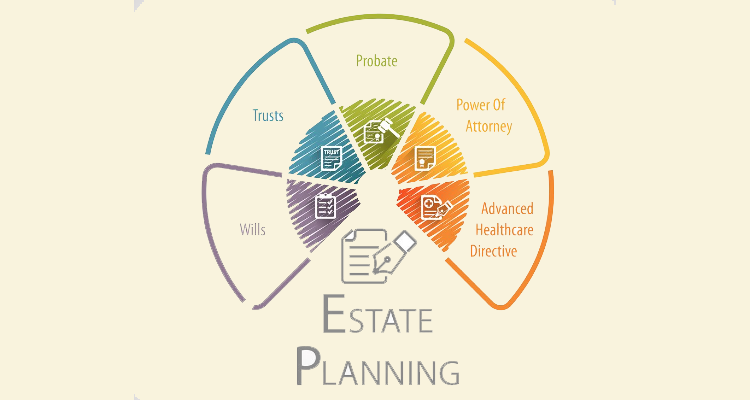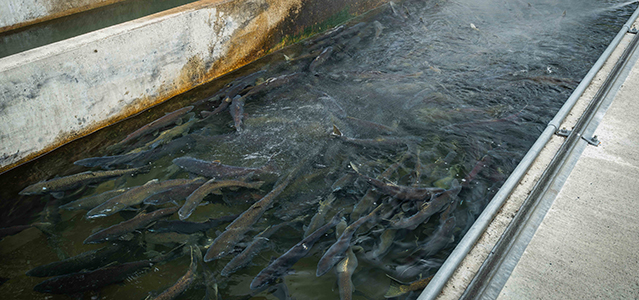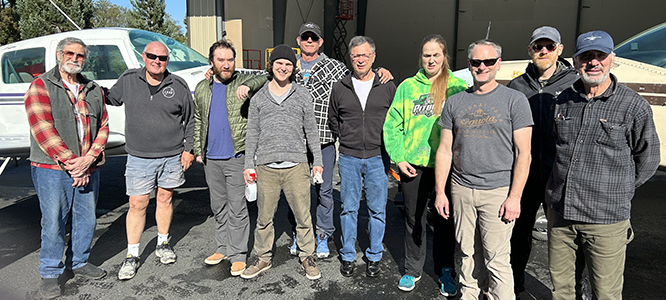||| FROM STATE HEALTH DEPARTMENT |||
Newest numbers. The Department of Health reported a total of 84,238 confirmed cases as of 11:59 pm on September 23. There have been 2,080 COVID-19 deaths in Washington.
For the most recent tally of cases by county, demographics, and more, visit the Department of Health’s dashboard and the state’s COVID-19 risk assessment dashboard.
It’s more important than ever to get a flu vaccine this year. We may not have a vaccine yet for COVID-19, but we DO have a vaccine for flu. The flu vaccine can keep you from getting sick with flu during the COVID-19 pandemic.
We can all do our part to prevent illness and hospitalizations caused by flu. This will help save healthcare resources for COVID-19 response in our communities.
More information from DOH is available here.
COVID-19 and licensing services. If you’re used to visiting a driver licensing office for your service needs, it’s time to try something different: online services.
These days, the only way to get into a Department of Licensing (DOL) office is with an appointment. But with social distancing and other safety measures limiting capacity, appointments fill quickly. Read more in DOL’s latest blog post here.
State seeks to address economic inequality by increasing culturally and linguistically relevant help for small-businesses owners. Small business owners now have more places to seek culturally and linguistically relevant help for dealing with COVID-19, thanks to expansion of the Small Business Resiliency Assistance program announced today by the Washington State Department of Commerce. Read the full news release here.
Wildfire smoke and dust masks during the COVID-19 pandemic. The recent wildfire smoke and ongoing COVID-19 pandemic have workers wondering what are the different types of masks and respirators and which type will protect them.
Read about wildfire smoke and dust masks during the COVID-19 pandemic in the Department of Labor & Industries latest Hazard Alert.
Have the talk before you get together. Have a conversation in which you get really clear about how you will spend time together and still have everyone feel safe.
- Will you go inside? Outside is so much safer than indoor areas, but, generally, bathrooms are inside. What is your agreement? Do you keep the gathering really short so no one needs to go inside? Is it okay for one person to go inside at a time? Remember — we all need to wear face coverings when we are in an indoor space that is not our home. Set up your outdoor area so that you can visit outside comfortably. Make sure there is shade from the sun, that your chairs are arranged so everyone can be at least six feet apart, and have your guests bring a sweatshirt for later in the evening.
- How are you feeling? Do not get together if anyone is feeling under the weather. If you feel better tomorrow, great, you can reschedule. If you are still feeling ill with COVID-19 symptoms, call a health care provider or your local health jurisdiction to ask if you should get tested.
- What is the plan for keeping the children six feet apart? If the kids can’t reliably stay six feet apart, would you like them to stay home? Or maybe they can wear cloth face coverings while they are outside together. Maybe you can plan for them to ride bikes together or do other activities that make it easy to play together from a distance.
- Talk through the details. How do you feel comfortable serving food? Singing is a risk for spreading COVID-19. Are we going to sing happy birthday? Maybe with our faces covered? Is the birthday honoree going to blow on the cake? (No.) What does a socially distanced walk mean to you? Are you wearing masks? Are you both able to walk six feet apart and not interfere with traffic?
- I love you. Find a safe way to show it. Without hugs, kisses, or handshakes. And from six feet away.
Read more in the blog post from DOH here.









Applied online for drivers liscence. Worked great – no point in going to the office in Anacortes, appointment only there.